The Last of Us Part 2 accessibility options mean literally no one is left behind
The AAA space truly opens its doors to all gamers at last
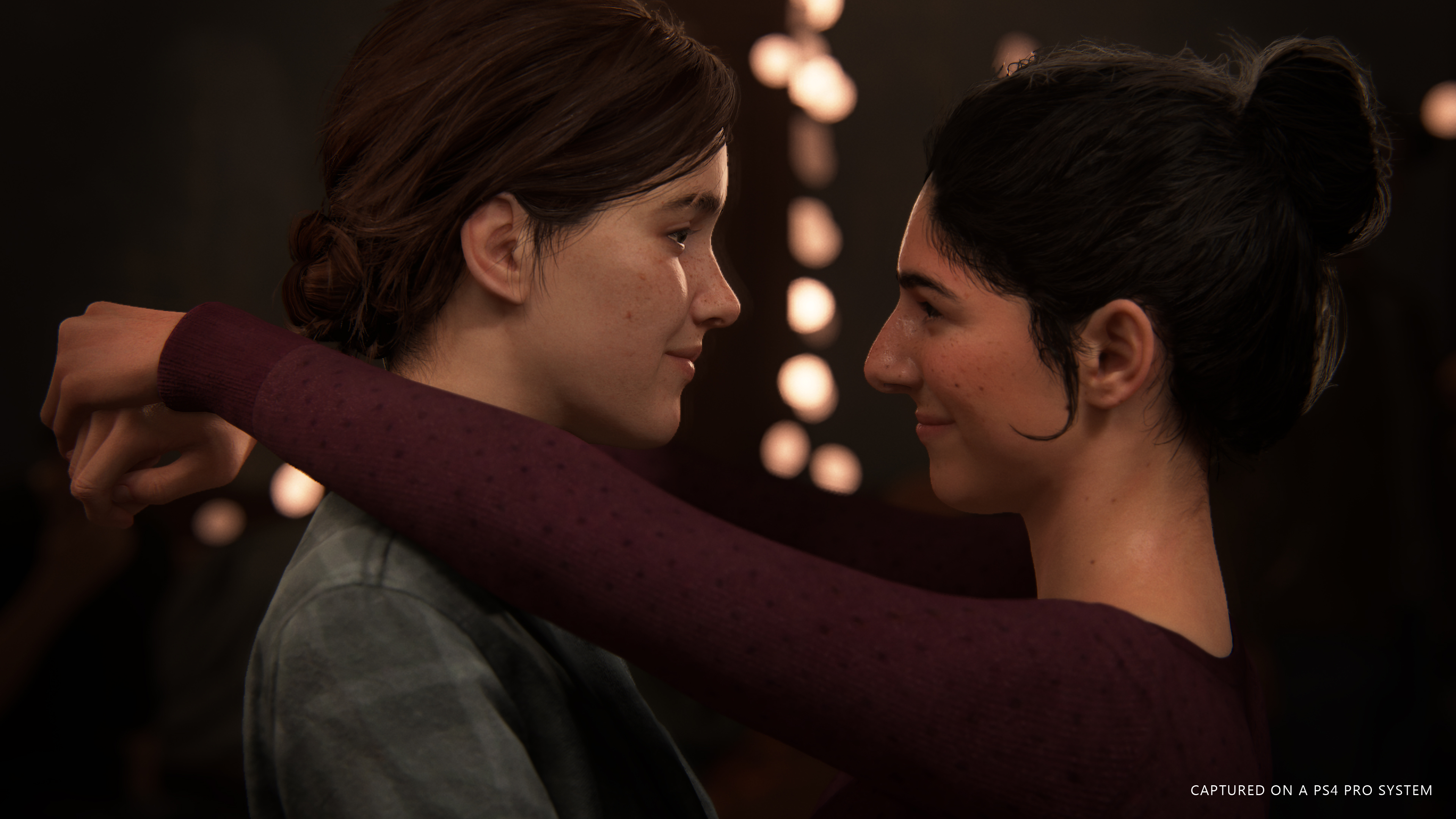
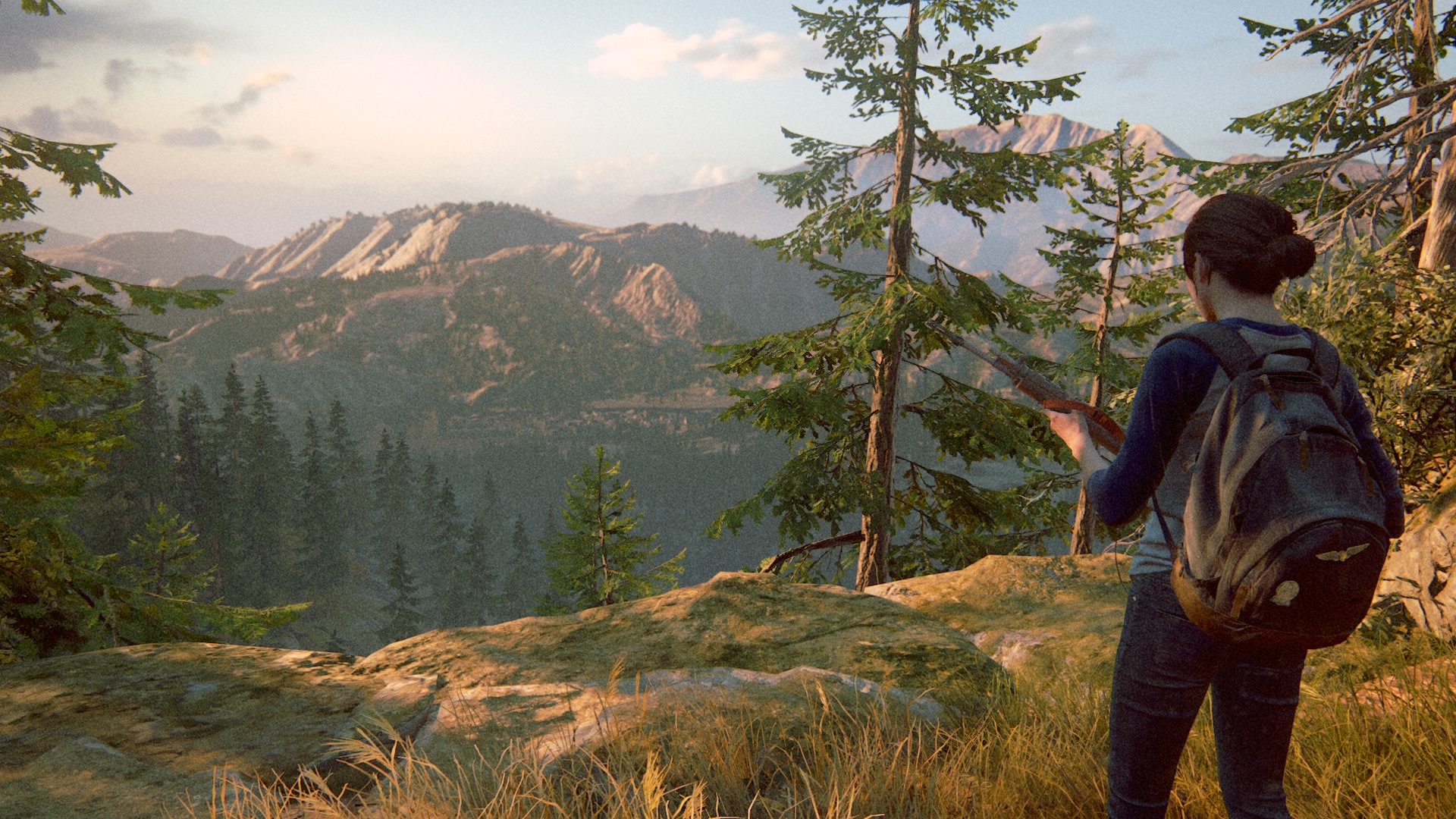
The Last of Us 2 ending explained: A spoiler filled look at what it all means
My girlfriend, Sarah Kim, has cerebral palsy and has never been much of a gamer. I have tried to convince her otherwise, but she could only ever consider games that could be played with one hand, as her left hand has limited mobility. Indie platformers were not exciting enough, even though their minimalism lends itself naturally to accessibility.
The first game that I tried to teach Sarah was NBA 2K20, the epitome of non-accessibility. 2K20 relies on perfect timing, simultaneous coordination of both hands, the ability to perceive rapid minute details, and analog stick positioning where a deviation by just a couple of degrees means failure, the ability to perceive rapid minute details. The game is basically a sport in itself; I have to sit a couple of inches away from the screen to play it reasonably well. I love it, but I can't share it with Sarah. I realized that I needed a game with slower timing and more straightforward controls.
My first choice was Minecraft: Story Mode by Telltale Games, it has an engaging decision-based story at the expense of a couple of quick-time events every once in a while. However, Sarah was thoroughly opposed to playing "children's games", as she puts it. The next option was A Way Out because it was a couch co-op with simple controls, but we didn't quite connect with it. I was learning that when Sarah does tolerate watching me play games, it's usually the adventurous, intense, story-driven ones that captivate her attention.
Last but not least
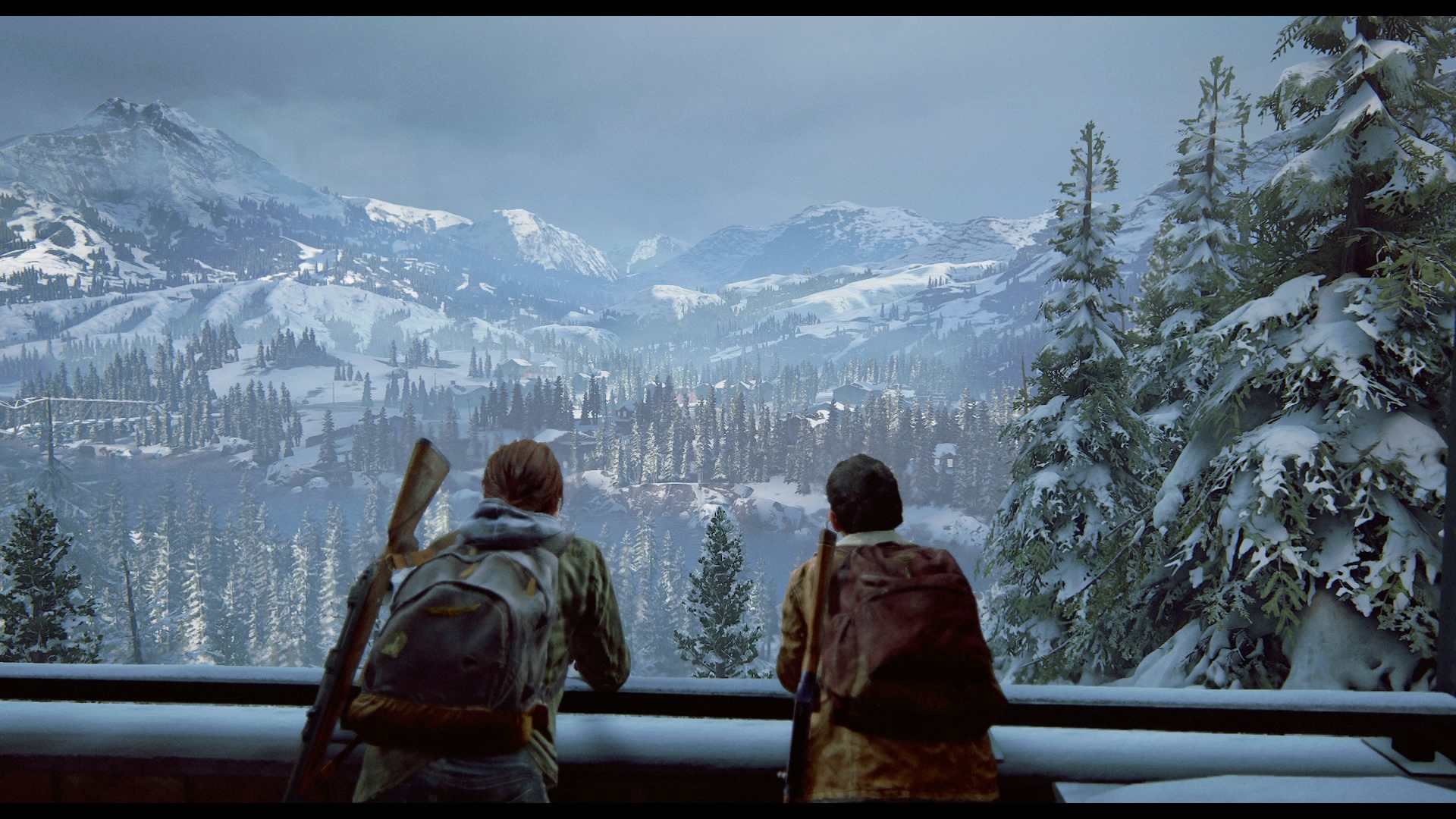
So then came The Last of Us 2. I'm pretty reserved about buying games as soon as they are released – I usually wait until the price decreases or try to buy second-hand – but I picked this game up almost on instinct. I had been waiting for the sequel ever since it was revealed in 2016. I had almost never seen a game with such a deep story until the original Last of Us. I enjoyed being immersed in a situation where a father-daughter bond forms from nothing, and the vibrant graphics and palpable sense of danger set it apart. Even if Naughty Dog did nothing to improve upon the foundations of The Last of Us and simply continued the story, I'd have bought it.
But the studio has indeed gone to great lengths to build upon what has come before, and The Last of Us Part 2's extensive accessibility page was perhaps the most unexpected of all. I do not usually go through the accessibility settings in games because there typically aren't any. Naughty Dog, however, has always had a camera assist mode, which essentially makes shooting targets a bit easier – something I was particularly grateful for in Uncharted 4: A Thief's End as my motion sickness makes me quite terrible at shooting.
It was in my quest to try and get some lock-on assistance when I realized that the options list kept going. By the time I reached the end of the list of accessibility options, I came to the realization that this game could be played by effectively anyone – especially Sarah – so I immediately dragged her in front of the television to play the game.
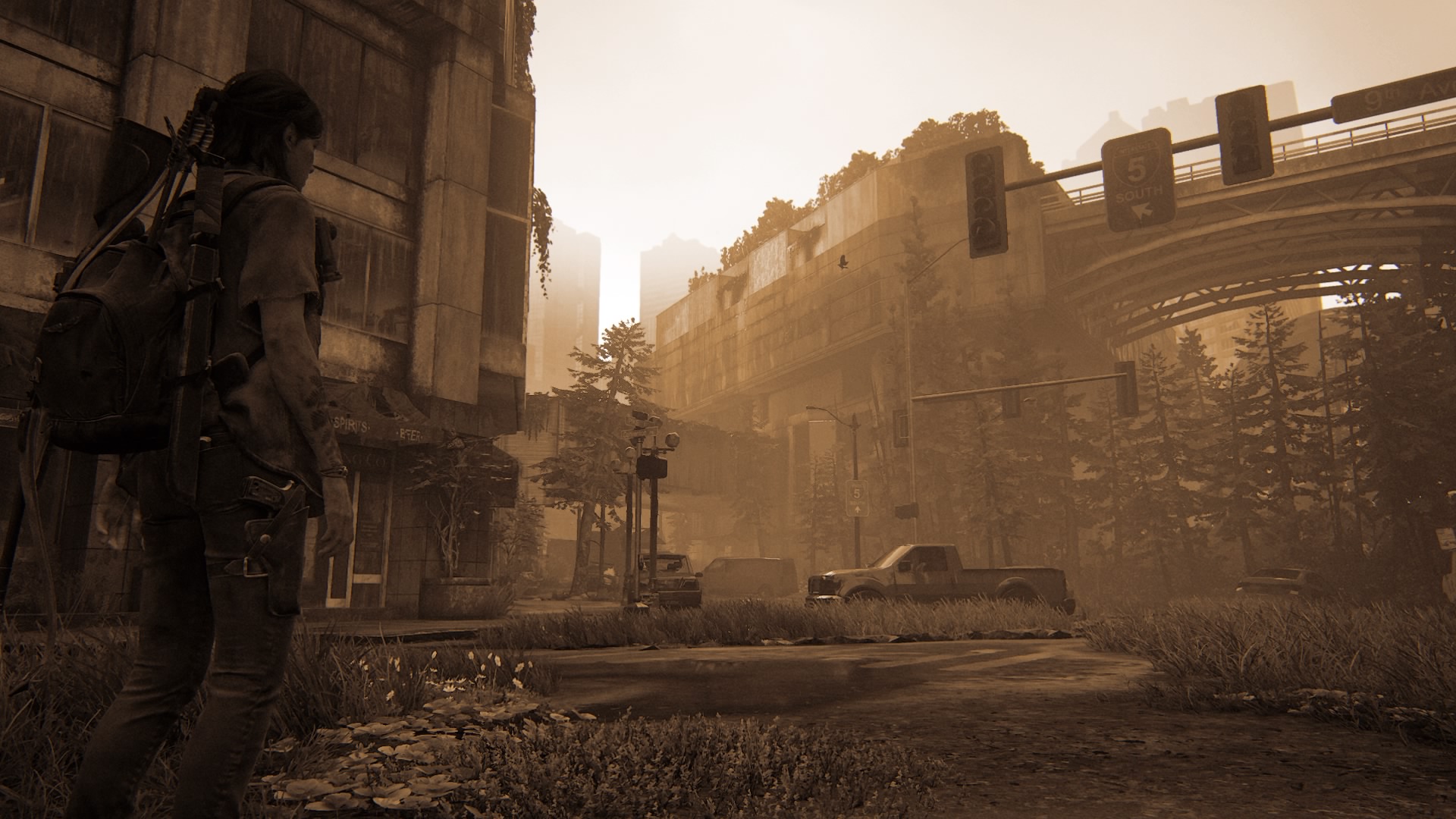
“I was very excited to see a game that had obviously been made with people like me in mind."
“I was very excited to see a game that had obviously been made with people like me in mind," Sarah said. "It made me wonder how it would have been if games had always been accessible. Growing up, I was unable to play games with my friends and this was a source of embarrassment. So whenever they would ask me to play with them I would avoid it at all costs. We have an opportunity to make a better future for those who come after us by living up to the standard that Naughty Dog has set.”
Sign up to the GamesRadar+ Newsletter
Weekly digests, tales from the communities you love, and more
It started as a pleasant surprise, but the more I looked into my history with games and the overwhelming support for The Last of Us 2's accessibility options (particularly this reaction from Steve Saylor on YouTube), the more I realized how momentous the occasion was.
If you look at the difficulty page for Wolfenstein: The Old Blood, for example, you'll see that the easiest setting is "Can I play, Daddy?" with a picture of the protagonist in a baby bonnet with a pacifier. His face becomes more viscous and menacing as the difficulty settings increase. The highest setting is "Mein Leben" [my life] and has a skeleton as the image. There's an inherent suggestion that choosing the easy difficulty is equivalent to being a child.
Unprecedented access
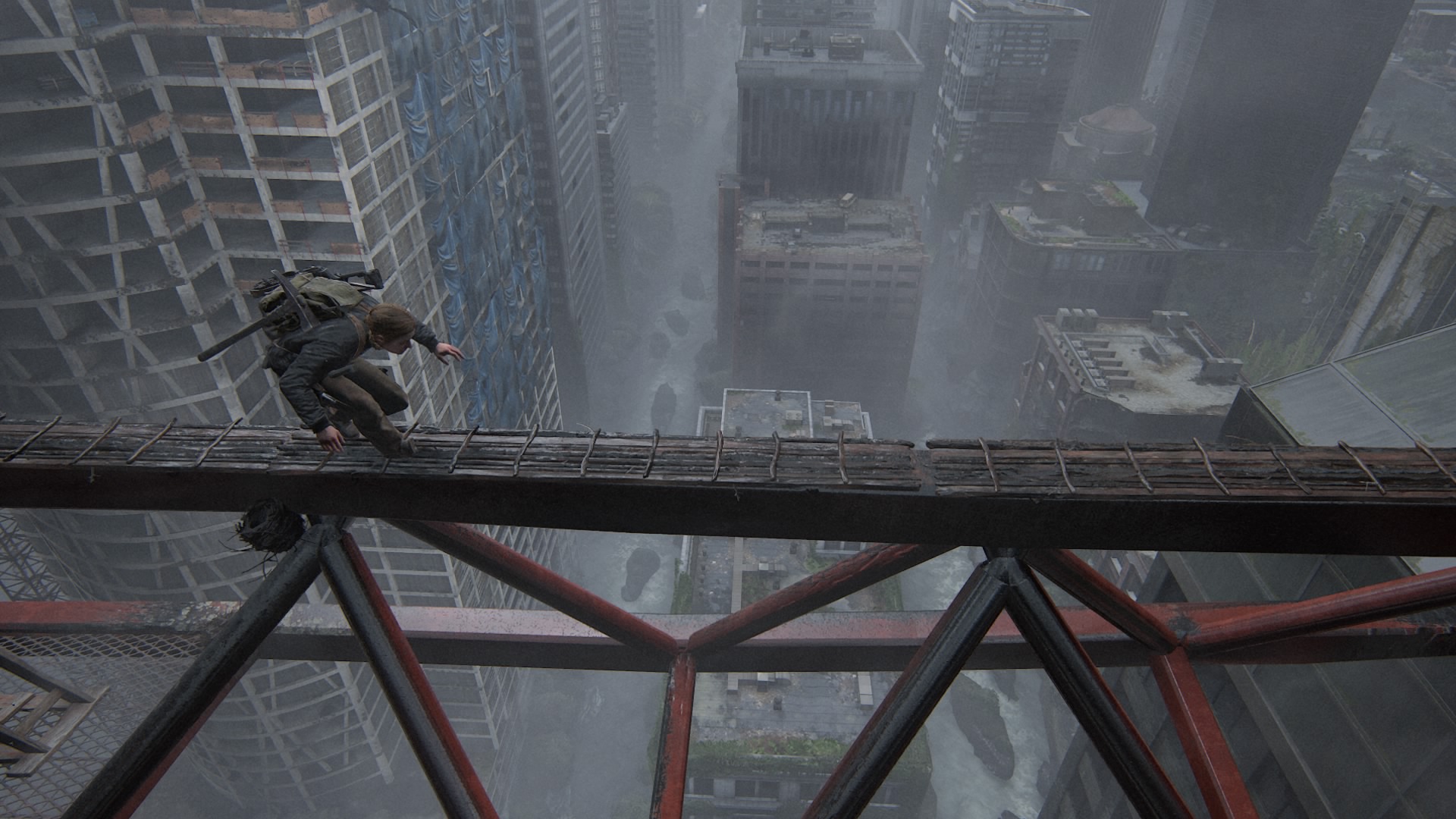
In the context of disability, infantilization is doubly problematic. Studios working on AAA games have not, historically, put disability high on their priority list. The rationale might stem from the desire that people interface with the fruit of their labor in its purest form, coupled with the implicit assumption that disabled people do not have much disposable income or the time to play video games. I cannot speak to the implicit assumptions, but the idea that people need to have a hard time playing games to enjoy them is not something that I can get behind.
I am admittedly biased in my desire to see games take accessibility more seriously, given my relationship with Sarah and my inability to shoot. I play games to escape from the world and to imagine that I am better at killing zombies than I would be in real life, so the idea that nothing worthwhile comes easily doesn't apply to the way I play. What The Last of Us 2 demonstrates, is that when a game is built with accessibility in mind from the beginning it doesn't need to come at the expense of the experience. Aspects of the game aren't stripped away because it is able to cater to players with different needs, and higher difficulty levels don't just go away because more options have been brought to the table.
People will, hopefully, look back on The Last of Us Part 2 as the domino piece that started a massive cascade. The game pushes the envelope in several ways, of course; that The Last of Us 2 has such an extensive cast of diverse characters who range in gender, race, and sexuality is important for an industry that has struggled in the past with inclusivity. The fact that this is a game that Sarah can finally play with me – rather than yawning while she watches – makes me give it five stars from the very start.
For more, watch our full video review below, or check out our guide to The Last of Us 2 New Game Plus Mode to enjoy the story all over again.


